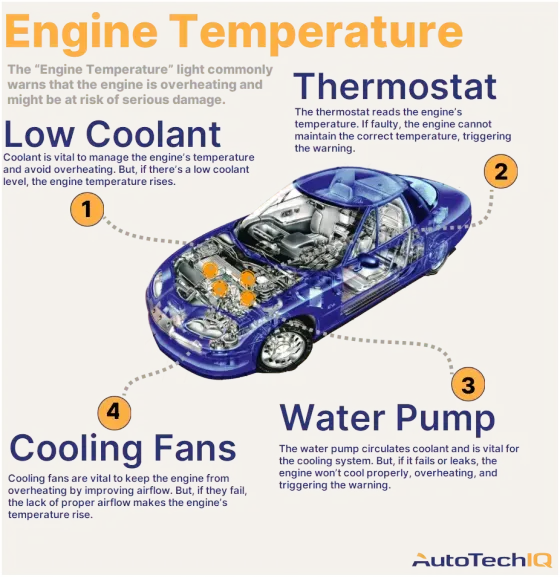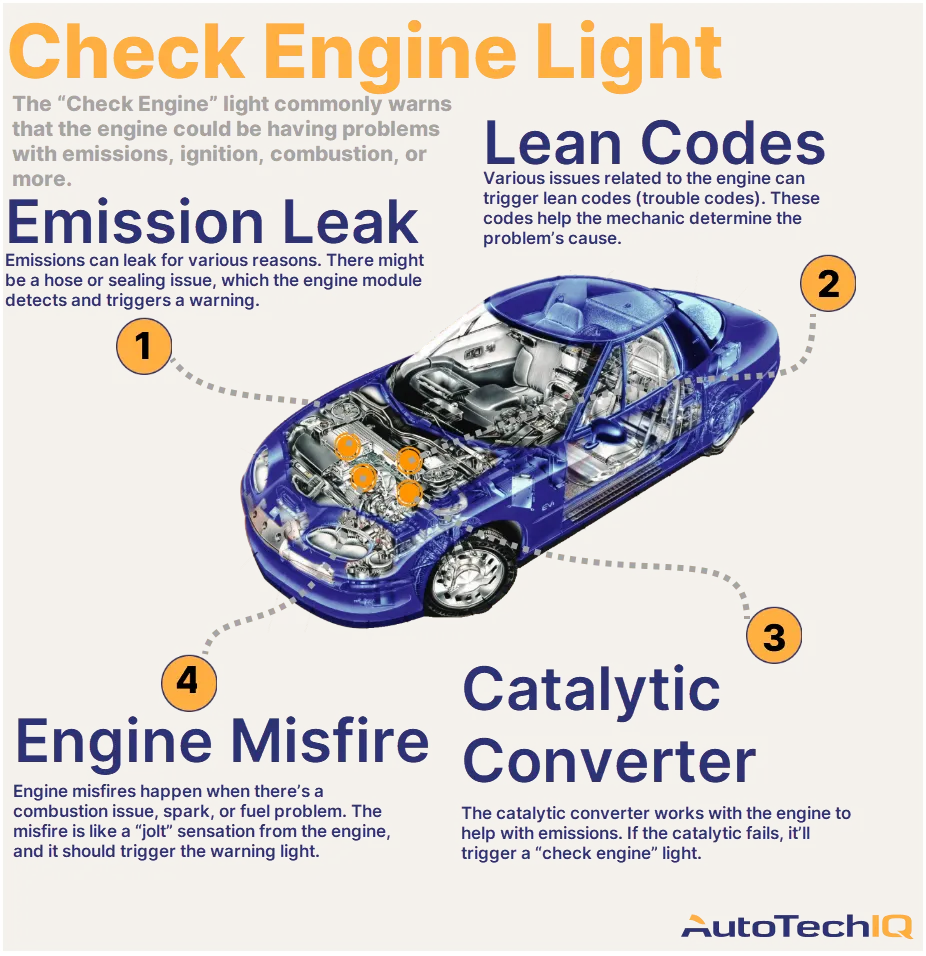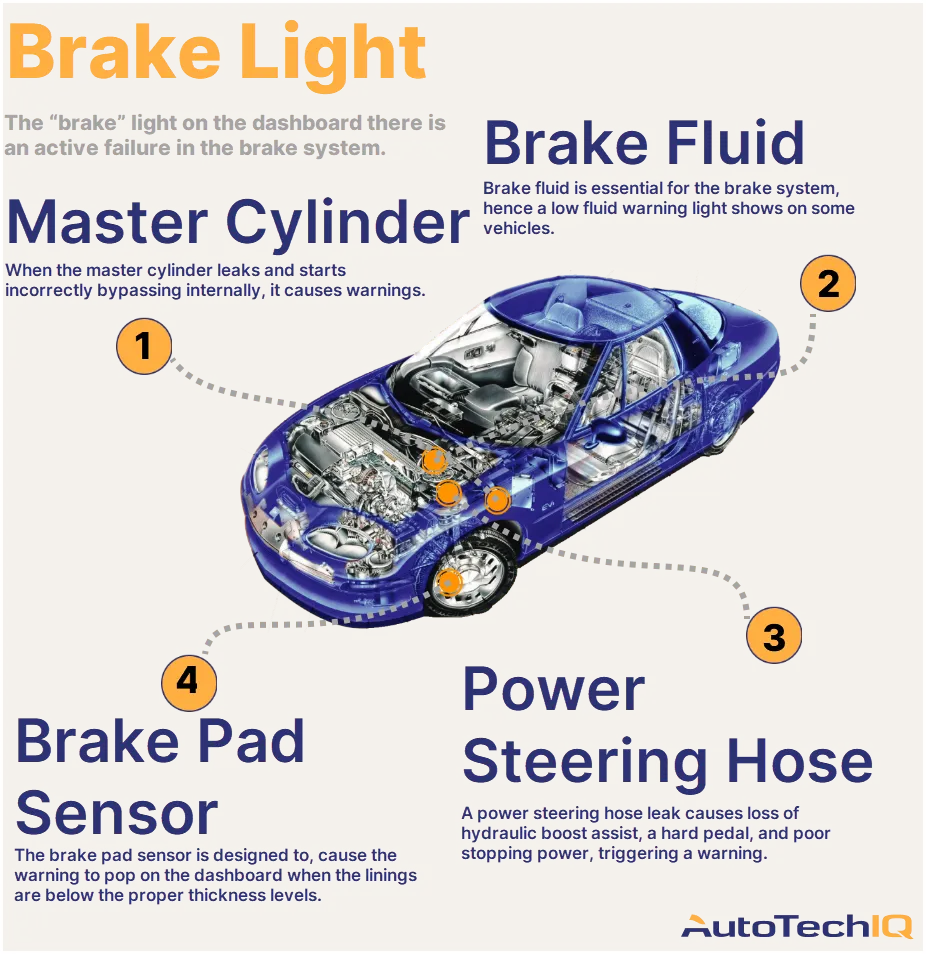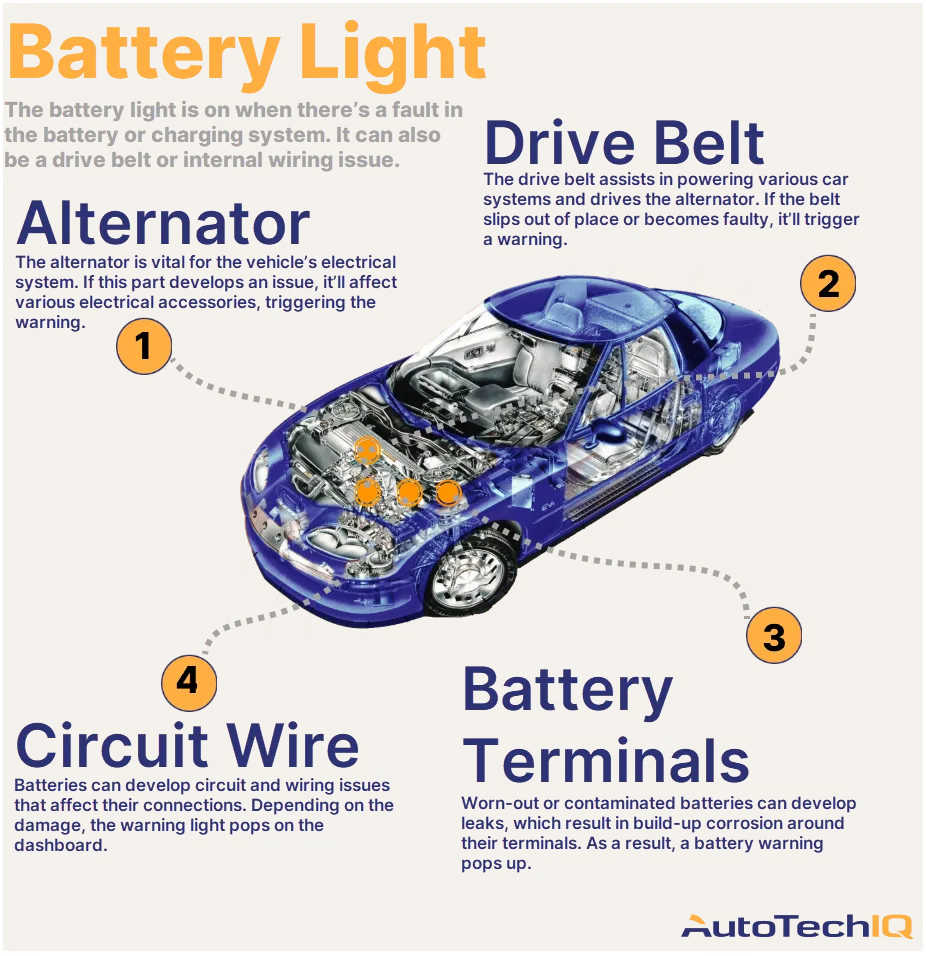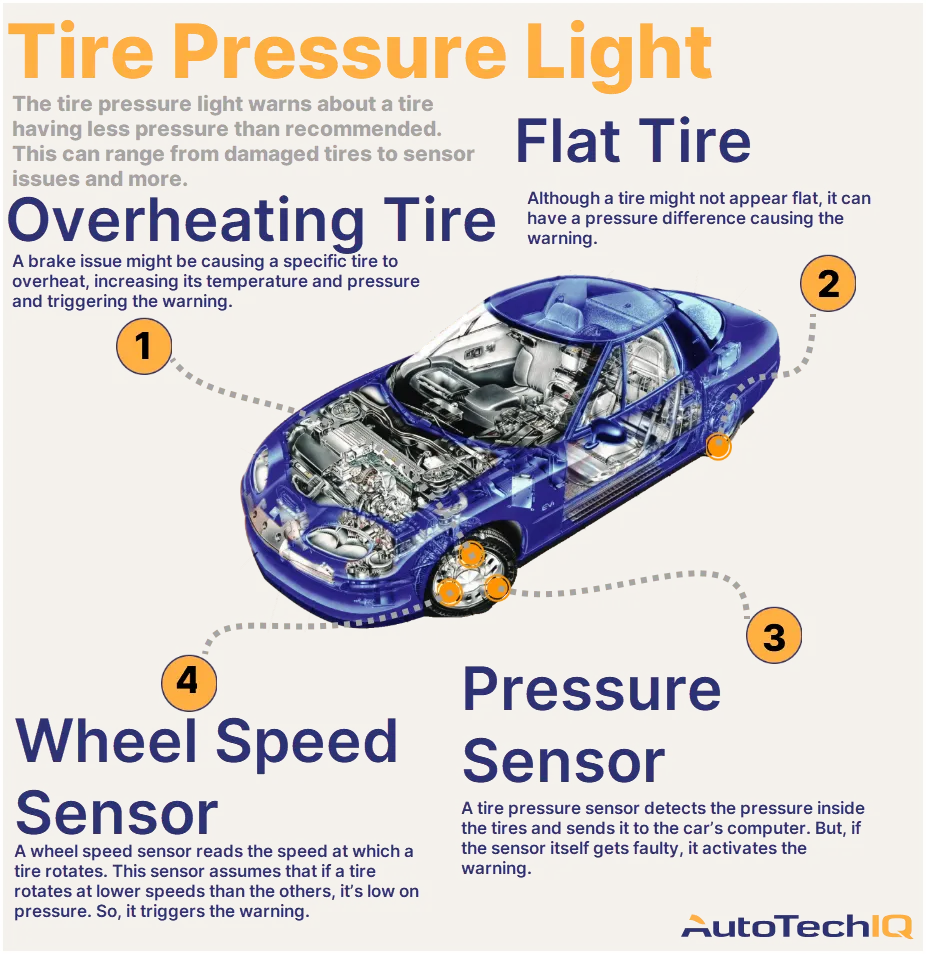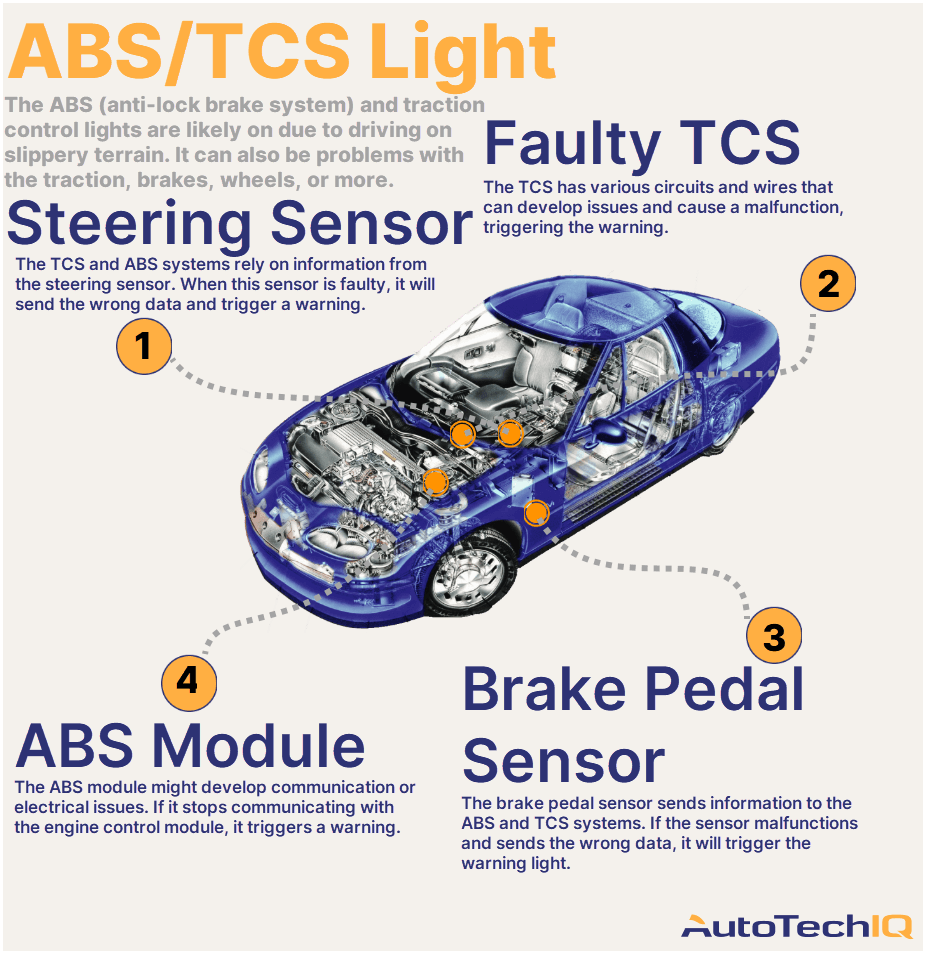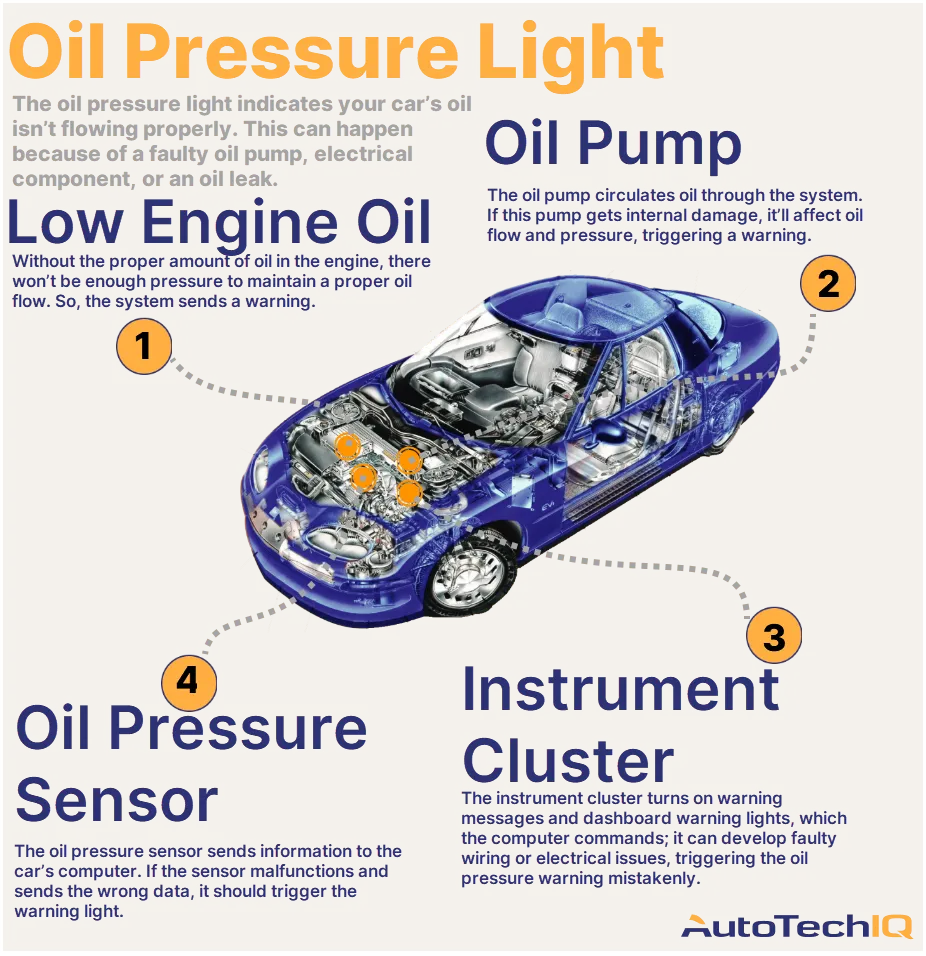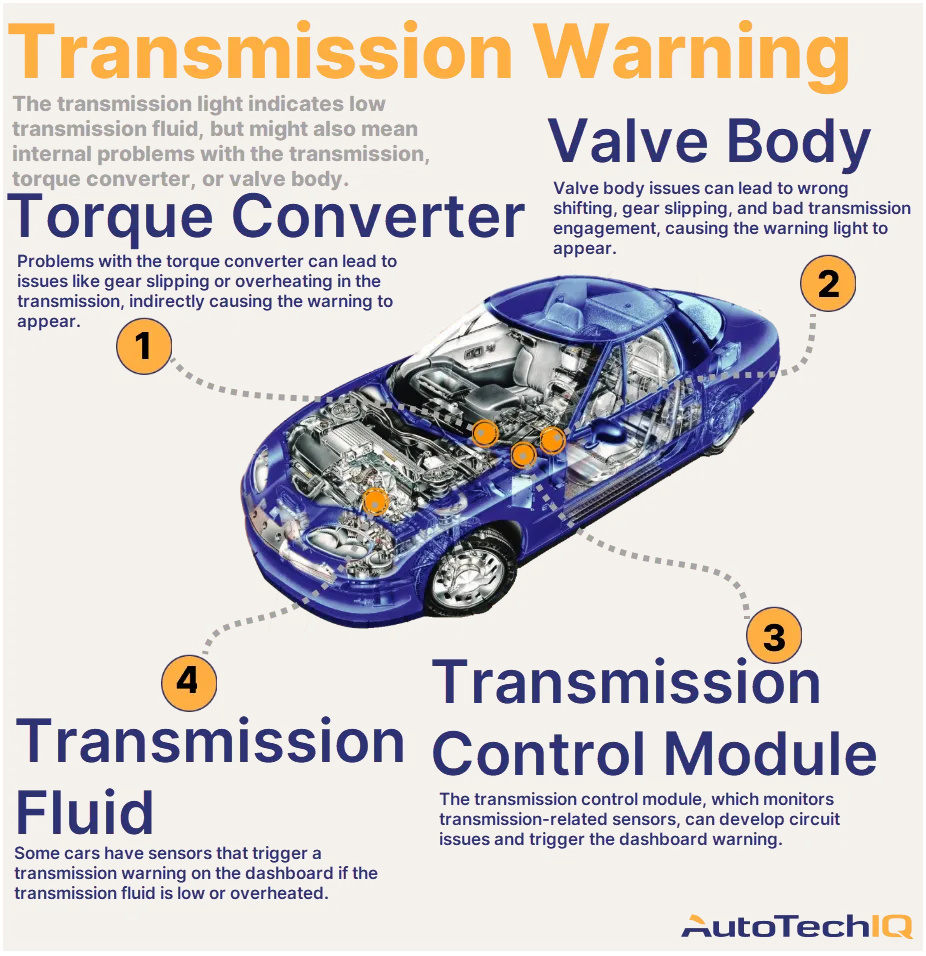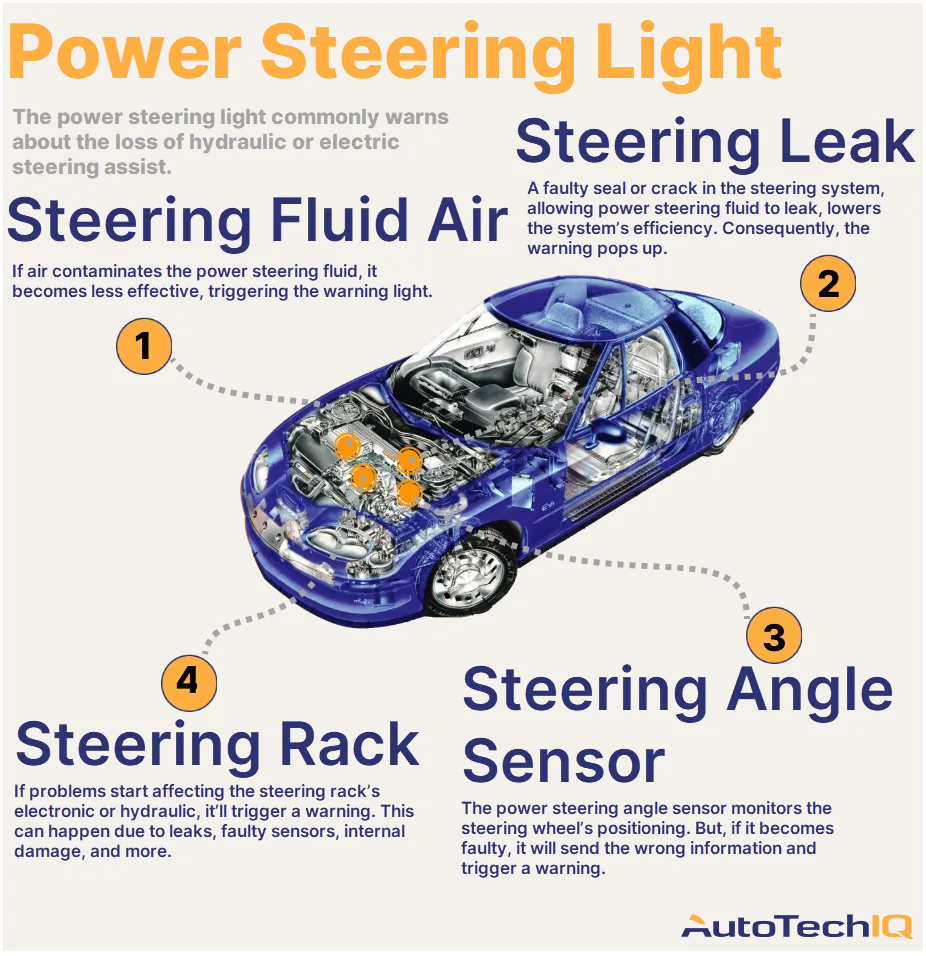Transparency example in a low coolant service
A cooling system inspection is the most transparent process to understand why your vehicle’s coolant level is low. Let’s read an example of how this kind of inspection defines the service needed to fix a low coolant volume in a vehicle.
In a scheduled service, a customer stated their car’s dashboard was displaying an engine temperature warning light; they also mentioned noticing puddles and spots under the vehicle, from ‘some liquid that seem to be coming from the car,’ in their words. The technician opened the vehicle’s hood and inspected the engine compartment, only to find leak signs in the radiator.
In a closer look, it seemed that the radiator was leaking due to some tear damage, meaning the radiator probably couldn’t be properly fixed and might do better with a replacement.
A low coolant level results in bad cooling, which in turn results in engine overheating. An unhealthy rise in the engine’s temperature triggers the temperature warning light. Next, the technician planned a fix to the system, aiming to fix the leaking radiator and refill the coolant.
The image below shows the technician’s first look at the radiator leak.

In this case, the mechanic put the “Immediate Action” tag on the radiator.
